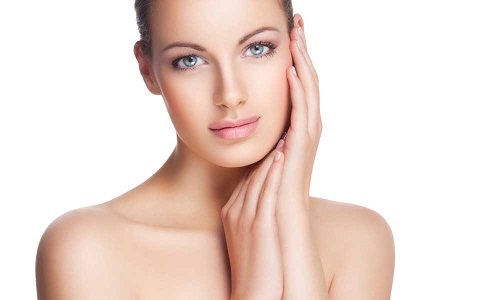
Skin and Sun
We at On Call Skin Care Clinic know that we all like to enjoy the Sun, but sometimes the Sun can cause serious problems for your skin. Below is some important information that can help you stay prepared while enjoying this Spring and Summer outdoors.
The skin uses sunlight to help manufacture vitamin D, which is important for normal bone formation. But sometimes its ultraviolet light can be very detrimental.
Within the skin’s epidermal (outer) layer are cells that contain the pigment melanin. Melanin protects skin from the sun’s ultraviolet rays, which can burn the skin, and over time, could reduce its elasticity and cause a person to age prematurely. Sun tanning occurs because exposure to sunlight causes the skin to produce more melanin and to darken. The tan fades as these cells move toward the surface and are sloughed off.
Too much exposure to ultraviolet or UV rays can cause sunburn. UV rays penetrate the outer skin layers and pass into the deeper layers, where they can damage or kill skin cells. People who do not have much melanin and sun burn easily should protect themselves by covering up sensitive areas, wearing sun block, limiting their total exposure time, and limiting their sun exposure between the hours of 10 a.m. and 2 p.m.
Frequent and prolonged exposure to ultraviolet rays over many years is the chief cause of skin cancer. Examine skin regularly for development of suspicious growths or changes in an existing skin lesion. Early detection and treatment are key in increasing the cure rate for skin cancer.
Here are some things you can do to help protect you.
For your Eyes
Wear sunglasses year-round whenever you are out in the sun. Sunglasses should block 99-100 percent of both UVA and UVB light.
Wear a hat with at least a 3-inch brim. Hats can block as much as half of all UVB rays from your eyes and eyelids.
Finally, whenever you are outside, seek the shade, especially between 10 AM and 4 PM, when sunlight is the most intense.
If you detect symptoms of any problems with your eyes or eyelids, be sure to see a physician. Ophthalmologists have the greatest knowledge of eye conditions, while dermatologists are experts on the skin.
Clothing
Clothing is our first line of defense against the sun’s harmful ultraviolet (UV) rays and protects us by absorbing or blocking much of this radiation. The more skin you cover, the better. A long-sleeved shirt covers more skin than a t-shirt, especially if it has a high neckline or collar that shields the back of the neck. Likewise, long pants protect more skin than shorts
Prevention Guidelines
Seek the shade, especially between 10 AM and 4 PM.
Do not burn.
Avoid tanning and UV tanning beds.
Cover up with clothing, including a broad-brimmed hat and UV-blocking sunglasses.
Use a broad spectrum (UVA/UVB) sunscreen with an SPF of 15 or higher every day. For extended outdoor activity, use a water-resistant, broad spectrum (UVA/UVB) sunscreen with an SPF of 30 or higher.
Apply 1 ounce (2 tablespoons) of sunscreen to your entire body 30 minutes before going outside. Reapply every two hours or immediately after swimming or excessive sweating.
Keep newborns out of the sun. Sunscreens should be used on babies over the age of six months.
Examine your skin head-to-toe every month.
See your physician every year for a professional skin exam.
We at On Call Skin Care hope this information was helpful. Please review our website at www.oncallskincare.com to review all the skin care services we offer.


